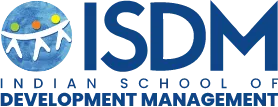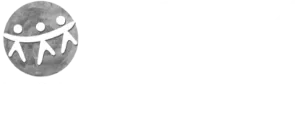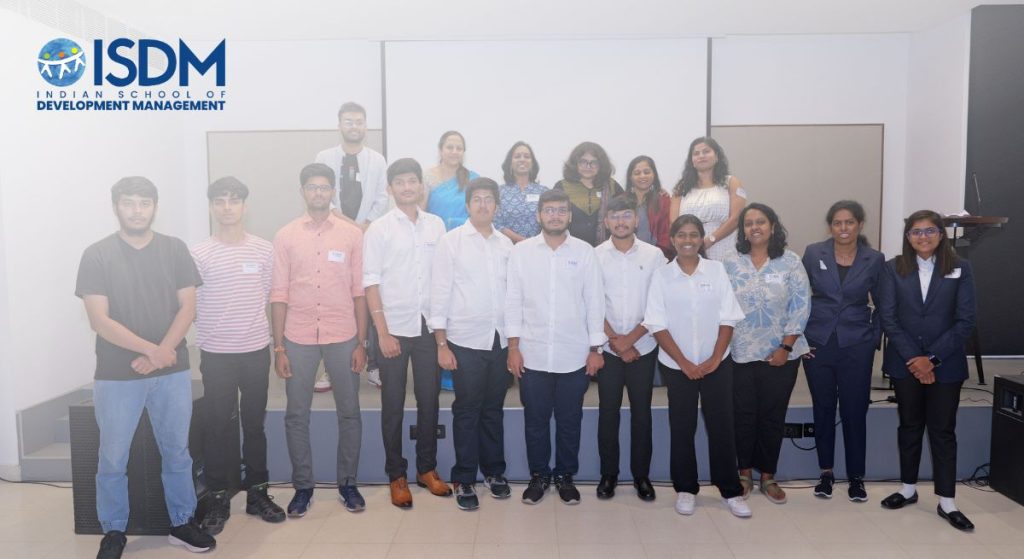(Monitoring, Evaluation & Learning) and MEAL (Monitoring, Evaluation, Accountability & Learning), challenges remain. From technical and methodological hurdles to capacity and resource constraints, the key question is: Which challenges should we solve first? A recent report, Impact or Illusion, published by the Center for Innovative Finance and Social Impact (CIFSI), suggests that the latter is the real bottleneck.
The answer lies in shifting focus from fixing inadequate methods to leveraging soft skills that drive the effective management of social change. While measuring social change is complex, existing methods are sufficient if applied systematically and rigorously. No framework can replace a critical and adaptive approach to impact measurement. As an M&E expert with over a decade of experience in Evaluation puts it, “A lot of what exists today is more than adequate. What perhaps is lacking is that approach of the way I am able to engage with information to think about action.”
The Tension Between Action and Long-Term Change
The sector is torn between the urgency to act and the need to achieve long-term societal change. Impact, by its nature, is long-term, but the funding and the program cycles are often too short to capture the full process of change. As a result, the energy and resources are being directed towards optimising on-the-ground operations and demonstrating immediate results. While choosing the right tools, frameworks, and methodologies is essential, what truly matters is the rigour with which these tools or methods are applied.
The rigour in practice should be grounded in foundational practices that precede fieldwork, such as:
- Asking the Right Questions at Each Program Stage: “Data-driven decision-making” is often reduced to merely crunching numbers to validate predetermined outcomes. Instead, what’s needed is a continuous reflection at every stage of a program. This means using data not just to report results but to deepen understanding, identify insights beyond existing data, and enable course correction. While technical expertise is needed, it is just a means to an end. True impact lies in strengthening the sector’s ability to critically engage with data and ask contextually relevant questions.
For example, a leading healthcare organisation striving for health equity since the 1990s expanded its maternal and child health programs to include domestic violence support and a male engagement strategy after identifying strong correlations in their data. As their leadership shared, “The whole male engagement strategy came from the teams and the community. The need to talk to husbands about family planning came from the community, and the program team responded by hiring male staff to work with male stakeholders”
- Recognising the Gradual Process of Change and the Various Milestones to Impact: This complex nature of change can’t be captured in simplistic metrics, but it can be achieved through strong causality between simple metrics. Success comes from breaking down complex outcomes into clear impact pathways and establishing meaningful connections between simple measurable indicators. Capturing milestones along this path is critical. Some organisations have adopted this approach to balance short-term vs long-term funding requirements.
For example, a newly established organisation leveraging Direct Cash Transfers for social and economic prosperity says, “Our impact metrics remain the same and the focus shifts between short-term and long-term goals depending on the funder. For example, short-term funders may prioritise output-based results, such as the number of training sessions conducted, while long-term funders are more interested in outcomes that evolve over time, such as changes in community behaviour or policy influence.”
- Prioritising Qualitative Aspects of Change: As the sector embraces community-led development and participatory approaches to M&E, misconceptions about qualitative data being subjective or unverifiable must be challenged. Rigorous qualitative and mixed-method approaches can be just as reliable as quantitative approaches when applied thoughtfully.
For instance, an education organisation integrating community-based systems within mainstream schooling combines quantitative tools like surveys with qualitative methods such as classroom observations to get a comprehensive view of their impact. As they explain, “We do teacher appraisals, baseline, midline, and endline assessments with set parameters through surveys that track overall progress of the program. Student-level decisions are guided by daily classroom observations which inform preschoolers’ report cards. Every three months, each student is systematically observed, and the data is reviewed to guide programs.”
- Contextualising Tools and Methods: India’s development landscape is highly diverse, making a one-size-fits-all approach impractical. Existing tools were not designed with India’s development context in mind, so M&E practitioners must engage with communities and adapt these tools to local realities. This facilitates more effective learning from the ground.
For example, an organisation working to transform government schools across states tailors its strategies to meet region-specific. As they highlight, “In Uttar Pradesh, our focus is on foundational literacy and numeracy, while in Karnataka, it’s about reducing dropout rates and improving 10th-grade performance. While our overarching strategy remains consistent, the indicators and outcomes are adjusted to match the local context.”
At the core of M&E, challenges are simple, practical solutions that are within our control. Yet, implementing these solutions requires an ecosystem that encourages learning and reflection instead of demanding rapid, large-scale impact within tight timelines. The sector must redirect resources, particularly M&E-specific funding, which remains the sector’s biggest constraint.Only by fostering a culture of critical thinking, adaptive learning, and contextual responsiveness can we navigate the maze of social change and truly measure impact.
This article is authored by Krutika Katre, Research Associate, Centre for Innovative Finance and Social Impact, Indian School of Development Management (ISDM)
About author:

Krutika Katre
Research Associate
Krutika is a development sector professional with over 6 years of experience in the areas of education and skilling. She has initiated, implemented, and led projects in the areas of out of school learning, digital learning and training of trainers. She has contributed towards vocational education goals of NEP 2020.
She has collaborated with a diverse range of stakeholders, from community members and field personnel to government offices under Samagra Shiksha.
She is currently leveraging her research and analytical skills to develop a niche in Impact Assessment in development sector. Krutika is passionate about large scale sustainable social impact and loves to work in systems and with frameworks.




